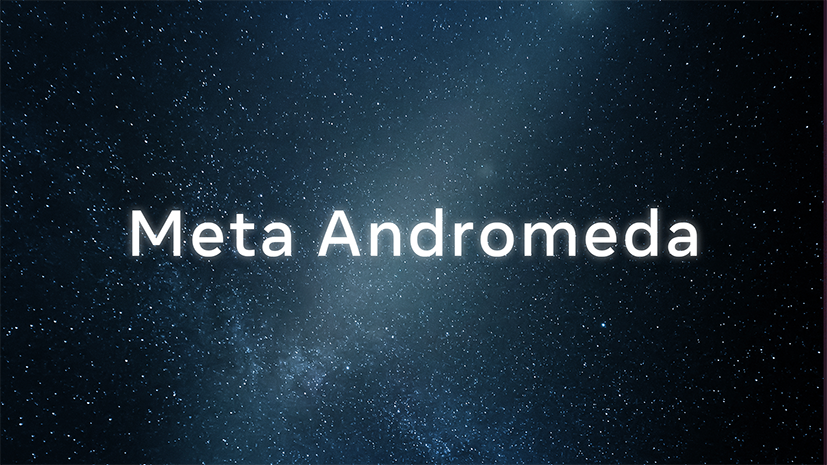1. The Shift You Didn’t See Coming
Meta quietly rebuilt its entire ad delivery system. Not just another update — a total architecture overhaul. Four new AI systems now run the machine:
- Andromeda (retrieval)
- Lattice (cross-learning)
- GEM (ranking)
- Sequence Learning (journey modeling)
They work together like a Formula 1 team. Andromeda finds the contenders, Lattice and GEM decide who wins, and Sequence Learning studies the laps — every touchpoint, every turn.
If you’re still running your Meta account with a 2020 playbook — over-segmented audiences, weak signal quality, static creative — you’re driving a go-kart in an F1 race.
2. Andromeda — The Retrieval Engine
Andromeda is Meta’s new brain for discovery. It scans millions of possible ads and retrieves the most relevant ones for each user in real-time.
What that means: creative diversity now determines your reach.
If you give Meta five nearly identical ads, you’re giving Andromeda one idea to work with. If you give it five unique ideas — testimonials, founder story, humor, lifestyle, product demo — your brand shows up in five times as many auctions.
💡 Operator Tip: Go broad on targeting, but deep on creative difference. Meta’s retrieval model rewards distinction, not duplication.
3. Lattice — The Cross-Learning Model
Lattice is the unified architecture behind Meta’s ads ranking. It replaced dozens of narrow models with one giant system that learns across objectives and placements.
That means what works in Reels can inform Feed, and what drives engagement on Stories can improve conversions elsewhere.
💡 Operator Tip: Stop fragmenting. Use Advantage+ placements, consolidate audiences, and let Lattice learn faster with more data per campaign.
4. GEM — The Generative Ads Ranking Model
GEM is Meta’s newest ranking system — the one that decides which ad actually wins. It balances user experience and advertiser outcomes while optimizing for real business results.
Here’s the secret: GEM thrives on signal quality — conversion accuracy, event deduplication, and structured creative metadata.
💡 Operator Tip: Clean up your data. Fix CAPI issues. Add clear event names and values. The stronger your signals, the smarter GEM gets.
5. Sequence Learning — The Journey Model
This is the biggest unlock. Sequence Learning lets Meta’s models learn from paths, not isolated clicks. It studies whatusers do and in what order — browsing, saving, returning, then buying.
If you only track Purchases, Meta can’t see the pattern. But if you track the sequence, Meta learns what early signals predict a sale.
💡 Operator Tip: Add mid-funnel events — quiz_completed, form_submit, viewed_product_video. The more context you feed it, the better Meta can predict and scale performance.

6. Why Old Playbooks Fail
Most marketers still think ad structure optimization is about control. It’s not anymore. It’s about feeding the systemenough data, creative, and variety to let it learn. Old-school micromanagement — tight targeting, too many ad sets, and static creative — throttles the very AI that could help you.
Meta’s new stack punishes small data and over-optimization. The winners are the ones who:
- Consolidate structure.
- Embrace creative testing systems.
- Implement server-side events.
- Continuously refresh creative and funnel tracking.
Or in simpler terms: less slicing, more signal.
7. The Startup Exception
Here’s the nuance nobody talks about: this AI-driven approach assumes Meta already knows who your customer is. For brand new accounts — especially startups or pre-data brands — you still need to start targeted.
Train the pixel first. Define your audience signals before you scale. Once Meta learns your customer profile, then go broad.
That’s how you graduate from data scarcity to algorithmic advantage.
8. The New Operator’s Edge
The gap between winners and losers on Meta isn’t spend — it’s understanding. The “feed the machine” era has arrived. Marketers who design around Andromeda, Lattice, GEM, and Sequence Learning will dominate.
Those who don’t? They’ll waste money blaming “algorithm changes.”
At Zeller Media, I help brands bridge that gap — turning creative data, funnel tracking, and campaign structure into a performance engine built for Meta’s AI era.
👉 Visit zellermedia.com or DM me directly if you want your ad system future-proofed.





